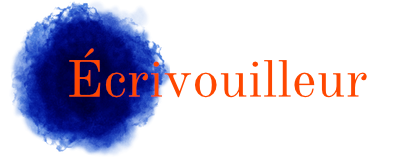PHILOSOPHICAL
TRANSACTIONS.
Monday. Novemb. 6. 1665.
(…)
Of the nature of a certain Stone, found in the Indies, in the head of a Serpent
There was, ſome while ago, ſent by Phileberto Vernatti from Java major, where he reſides, to Sir Robert Moray, for the Repoſitory of the Royal Society, a certain Stone, affirmed by the Preſenter to be found in the Head of a Snake, which laid upon any Wound, made by any venomous creature, is ſaid to ſtick to it, and ſo draws away all Poyſon : and then, being put in Milk, to void its Poyſon therein, and to make the Milk turn blew ; in which manner it muſt be uſed, till the Wound be cleanſed.
The like Relations having been made, by ſeveral others, of ſuch a Stone, and ſome alſo in this City affirming, to have made the Experiment with ſucceſs, it was thought worth while, to inquire further into the truth of this Matter : ſince which time, nothing hath been met with but an Information, delivered by that Ingenious Pariſian, Monſieur Thevenot, in his ſecond Tome, of the Relations of divers conſidirable Voyages, whereof he lately preſented ſome Exemplars to his Friends in England. The Book being in French, and not common, ’tis conceived it will not be amiſs to inſert here the ſaid Information, which is to this effect :
In the Eaſt Indies, and in the Kingdom of Quamſy in China, there is found a Stone in the Head of certain Serpents (which they call by a name ſignifying Hairy Serpents) which heals the bitings of the ſame Serpent, that elſe would kill in 24 hours. This Stone is round, white in the middle, and about the edges blew or greeniſh. Being applyed to the Wound, it adheres to it of it ſelf, and falls not off, but after it hath ſucked the Poyſon : Then they waſh it in Milk, wherein ’tis left awhile, till it return to its natural condition. It is a rare Stone, for if it be put the ſecond time upon the Wound, and ſtick to it, ’tis a ſign it had not ſuck’d all the Venome during its first application ; but if it ſtick not, ’tis a mark that all the Poyſon was drawn out at firſt. So far our French Author : wherein appears no conſiderable difference from the written Relation before mentioned.
(…)
ANONYME. « Of the nature of a certain Stone, found in the Indies, in the head of a Serpent. » Philosophical Transactions of the Royal Society. Vol. 1, Iss. 6 (6 novembre 1665), London, 1667, pp. 102–03.
Voir le document original numérisé sur les sites suivant :
- The Royal Society Publishing (Info : Il y a une erreur de datation sur ce site. Il est indiqué dans les information sur ce document : « 30 may 1665 », or le Philosophical Transactions numéro 6 est paru le 6 novembre 1665, et le volume 1, regroupant tous les numéros des années 1665 et 1666 est lui sorti le 30 mai 1667.)
- Gallica
Police d’écriture utilisée pour la reproduction du texte ancien : IM FELL DW Pica. The Fell Types are digitally reproduced by Igino Marini. www.iginomarini.com
